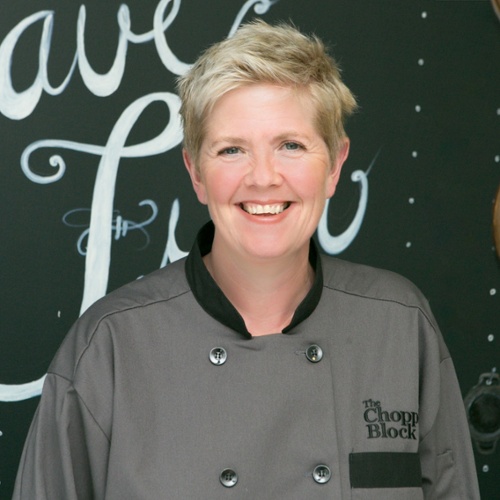I love the pungency of horseradish but have found that here in America, we limit ourselves in our culinary uses of it. I think some of these limits stem from the fact that we haven’t had a lot of access to fresh horseradish, even here in Illinois the number one grower of horseradish in America. What we usually find in the grocery stores and see used in recipes, is prepared horseradish. Prepared horseradish is wonderful in Bloody Mary’s, cocktail sauce or served as a classic accompaniment to Prime Rib, but fresh horseradish is a whole other animal and can be used in very different ways from prepared.
Fresh horseradish is much milder and can be used in ways prepared horseradish doesn’t lend itself as well to. With fresh, you can make a crispy crust for roasted lamb or beef, roast it and serve it as a part of a side dish, pickle it or put it in chutney and serve it as a condiment. It can even be used raw and incorporated in salads. If you grow your own, you can even eat the leaves!
Horseradish is something that we see sold in supermarkets more and more, so if you find it regularly and easily, please start experimenting with it! If not, don’t dismay, horseradish is easy and fun to grow. There are a few things to consider before you take the leap in growing horseradish:
- Horseradish is a highly invasive plant, so once you plant it you will likely never get rid of it and it will spread. Therefore it is best to plant it in a sunny area where there is plenty of room for it to expand. You can also plant it in a container and grow it above ground if you don’t have the space or desire to have a proliferation of horseradish in your garden.
- Growing horseradish in a container in the first year also allows you see if you like it, planting it in the ground and having mounds of horseradish that you don’t know what to do with may not be the best first step. So growing it in a container the first year and moving it to the yard the following year might be your best bet.
The first thing you need to grow horseradish is a piece of fresh horseradish. The more pieces you plant the more plants you are going to get so if you are keeping the plant in a container from germination to harvest, plant just one root. This will help the pot from getting overcrowded with plants as these need about 18 inches between each root. You can purchase your horseradish root online through a nursery or you can use the horseradish you find at your local supermarket. Yes, you actually grow the plant from the same root you would eat!
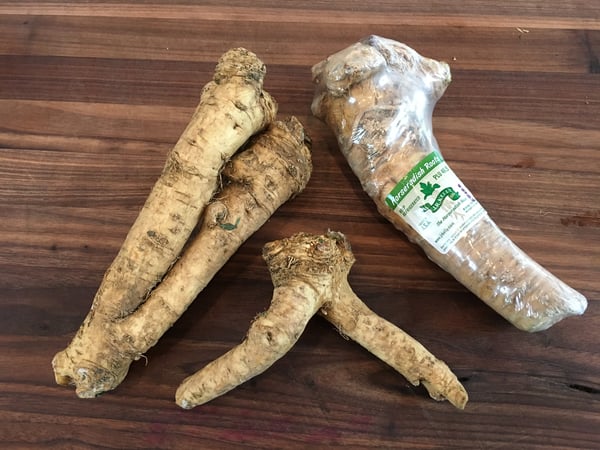
Plant the root in at least a 10-gallon pot or even in a 10-gallon plastic bucket with holes drilled in the bottom for drainage.
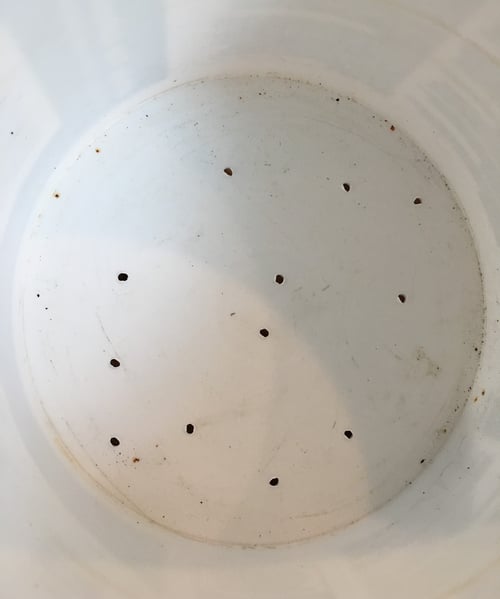
You can also plant the horseradish directly into the ground, but I have had better success starting it in a pot first. In all cases, the top of the piece of the root you plant should be about 4 inches from the top of the soil. You should use the thinner part of the root to plant cutting the knobby piece off.
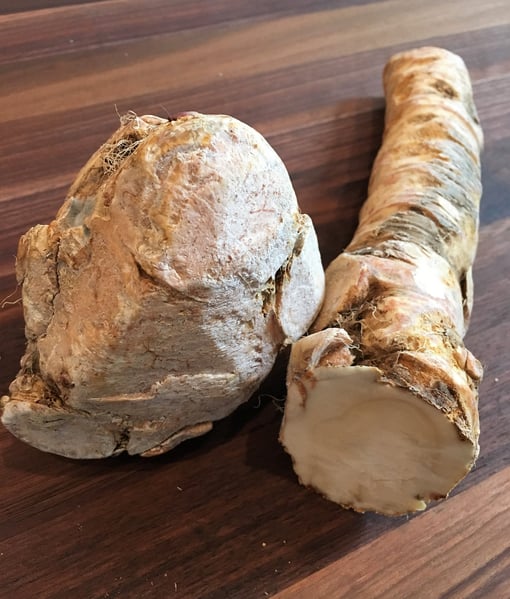
Plant the root at a 45 degree angle with the skinniest part facing down. You want to use a good potting soil in your pot as it will provide the nutrients and drainage the root needs to thrive.
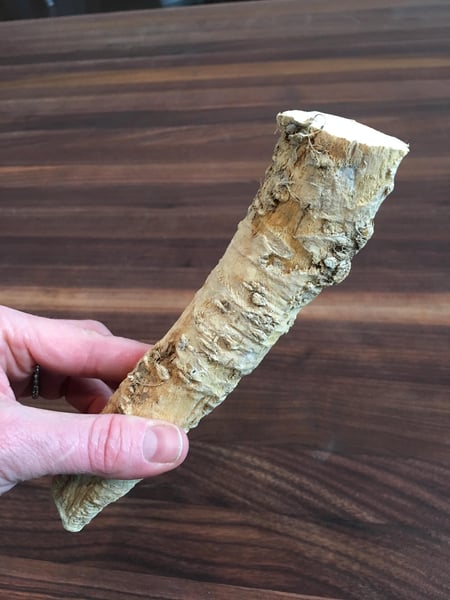
Put your pot in a sunny location in your home and water about twice a week until leaves reach about 4 or 5 inches tall. You can then move the plant outside and either leave it in the container or plant it in the ground. If planting in the ground, dig a hole big enough to transfer the whole contents of the pot then simply transplant the whole lot to the hole, the base of the leaves of the horseradish should be flush with the ground. Horseradish thrives in a sunny location but can do fine in part sun. Horseradish does not like soggy soil so plant where it gets some good drainage and water twice a week until established. It’s ideal to start your root in spring and as late as early summer. Don’t worry if you get a late start because you can move the plant back inside if in a container and finish growing inside. If you have planted outside you may not get to harvest your horseradish in the first year, but it will come back the next year and you will be assured to have a bounty in the second growing season.
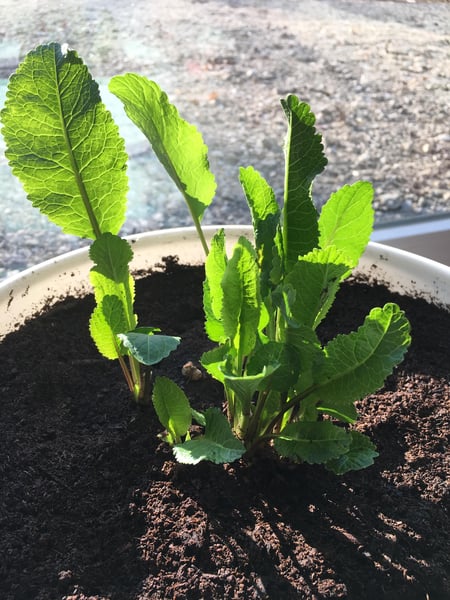
Each horseradish plant should be kept to about 5 or 6 leaves so prune any extras, this ensures the plant will focus on root production and not leaf production. In the fall, the leaves will be very tall, about 2 feet or so, and you will know the root is ready to harvest when the leaves start to droop and fall to the ground.
Look for my follow up blog in the fall where I will show you how to dig up your root. In the interim, I’ll be sharing how to naturally ferment your own prepared horseradish as well as share some unique recipes featuring the fresh horseradish root.
Have you ever used fresh horseradish before? Let me know how in the comments!


